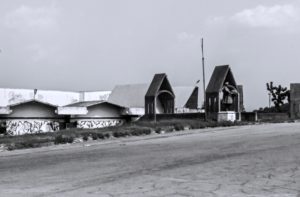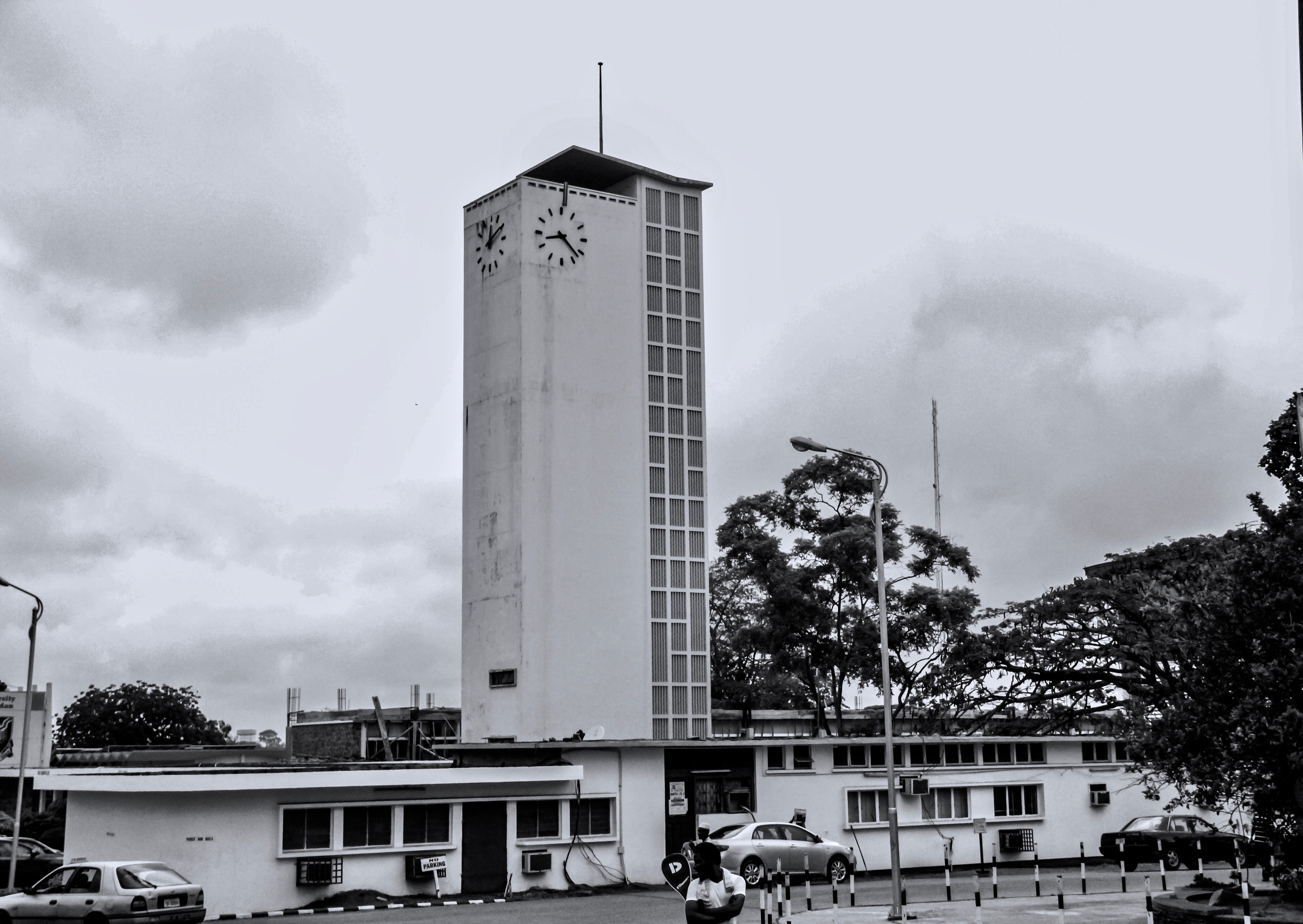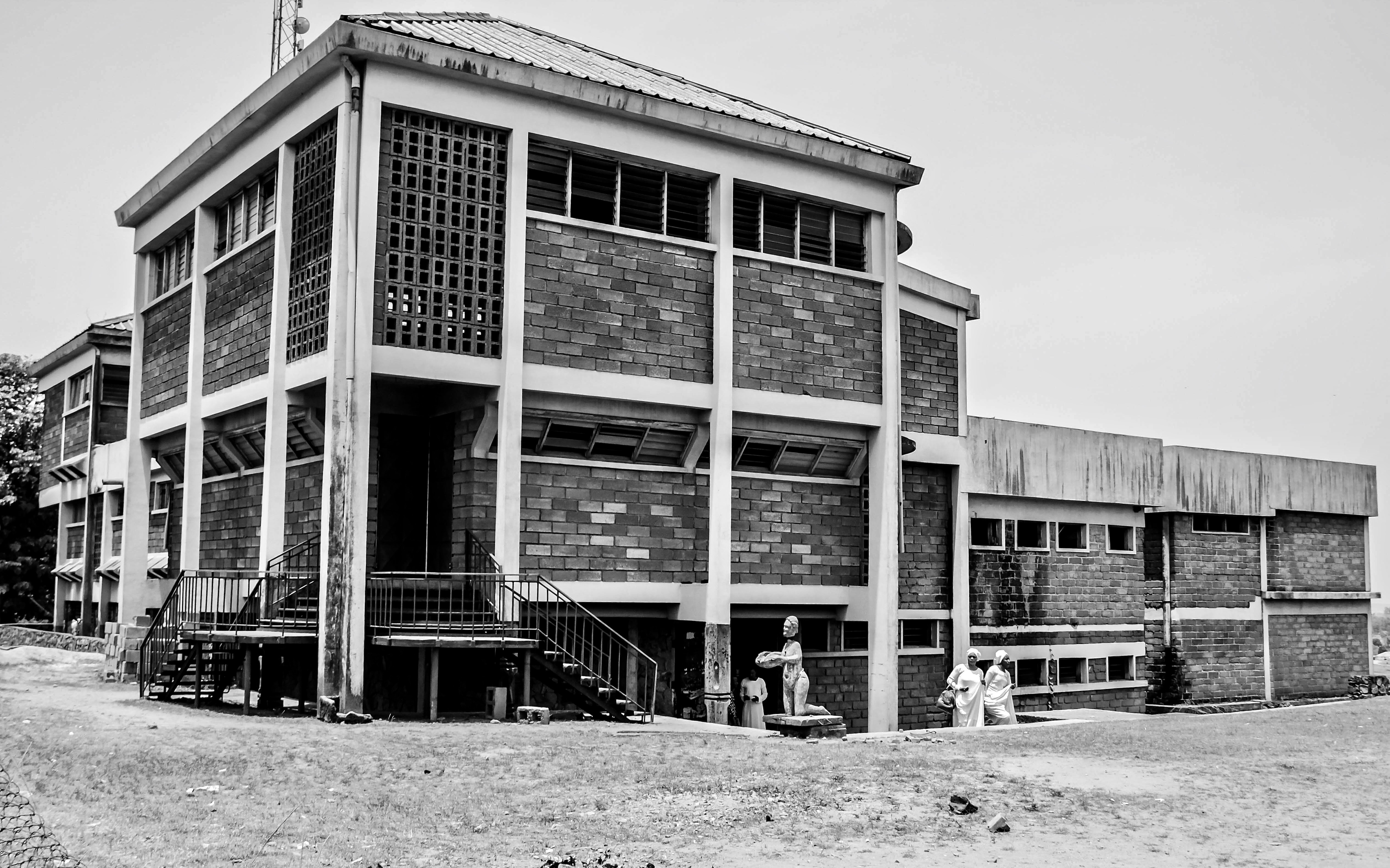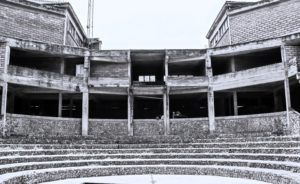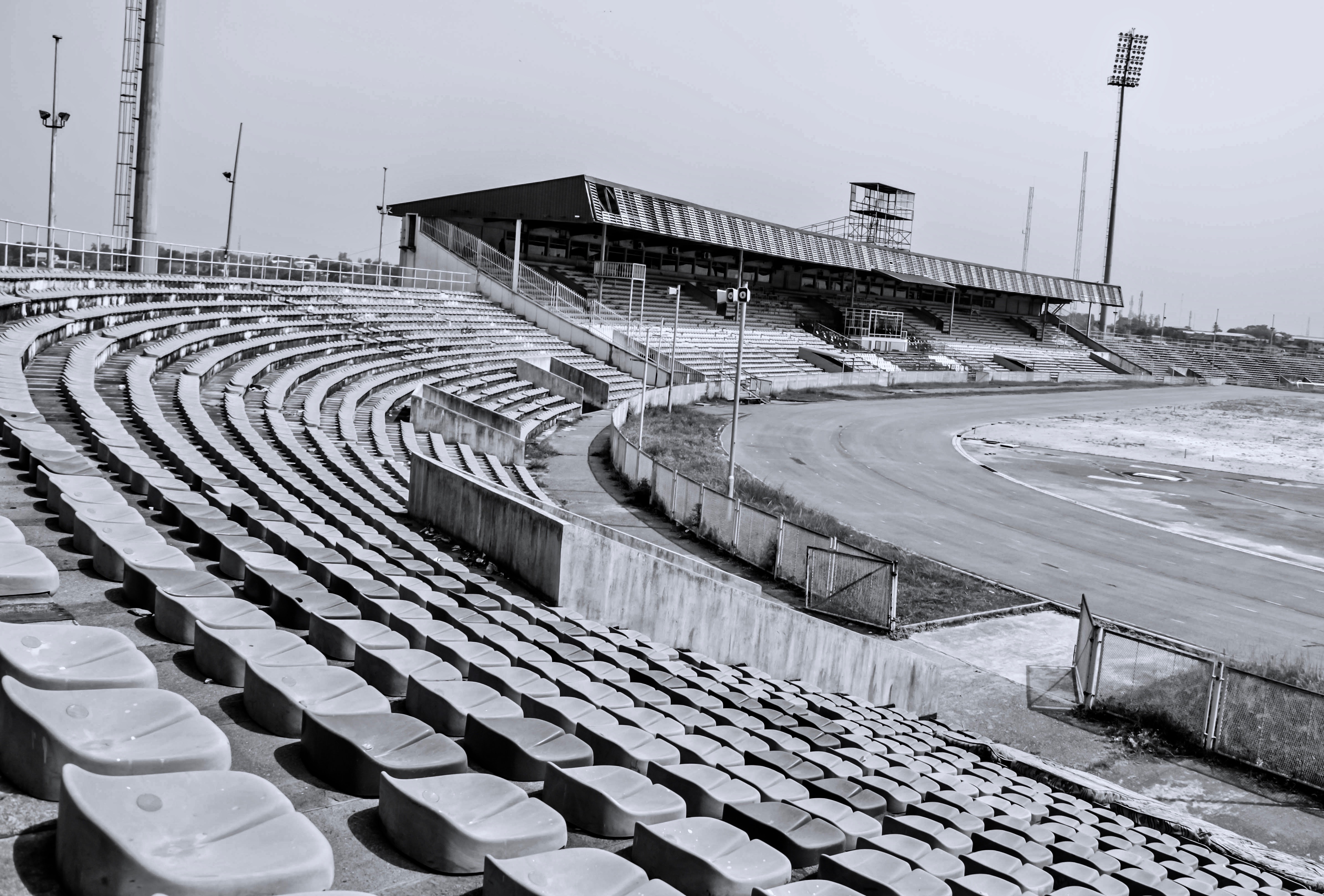Africa’s third largest city—after Cairo and Johannesburg—Ibadan or fully, (Ilu) Eba-Odan (the city) at the edge of Savannah, originally was a cluster of houses tucked in between plains and forests.
By 1829, these clusters of houses had grown into an impressive centre so much that they dominated the Yoruba region militarily, politically and economically. With the city becoming a British protectorate in the year 1893 (following the treaty signed by Fijabi, the then Baale of Ibadan with the acting governor of Lagos, George C.Denton), the commercial activities of the city grew in leaps and bounds just as many people trooped in from neighbouring towns.
While Lagos is respected as the industrial and commercial headquarters of south western Nigeria, Ibadan remains reputable as the seat of the defunct western region in the 60’s. During this period, the city experienced a turnaround particularly in the area of social culture and architectural masterpieces, thereby making it cynosure of all eyes in Nigeria and by extension, Africa.
Today, many of the architectural masterpieces built by the government, and individuals either stagger in a fight with lack of maintenance or writhe in pain due to misappropriation.
However, the glory from the distant past has not left these spaces even as they struggle for relevance in a fast changing present.

